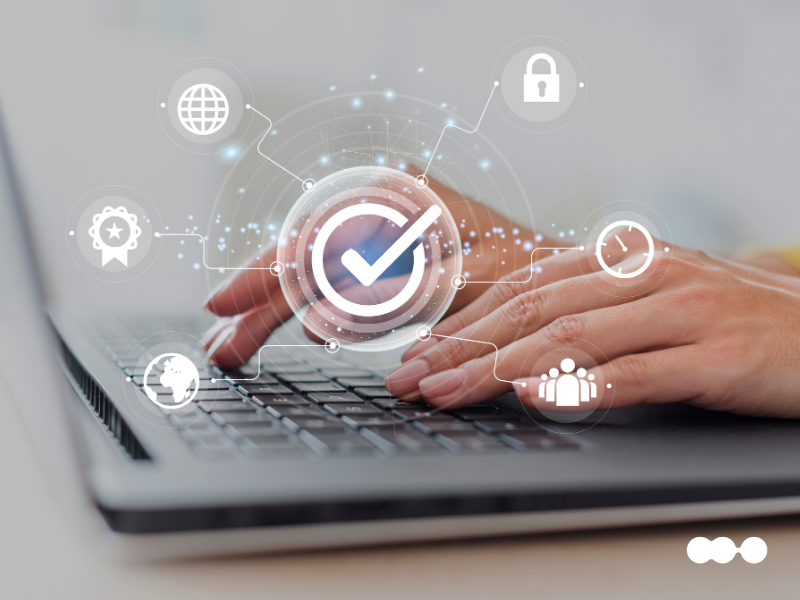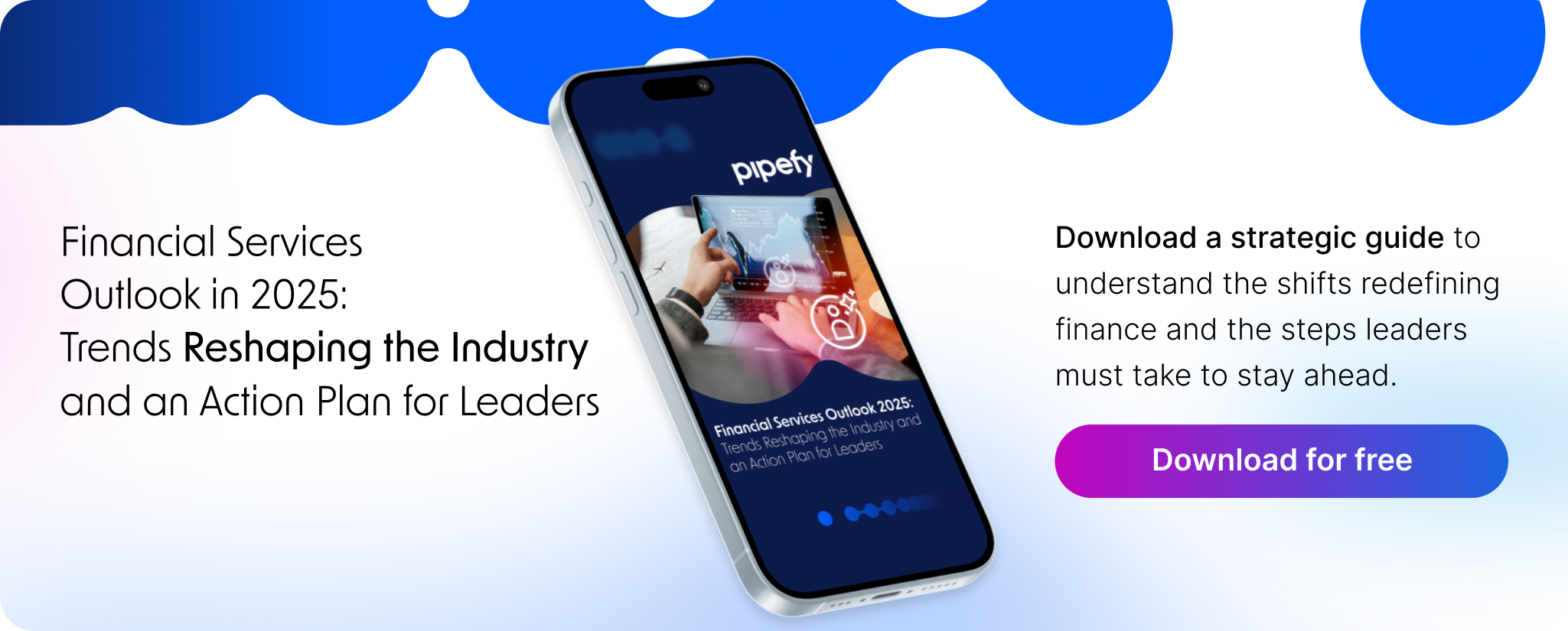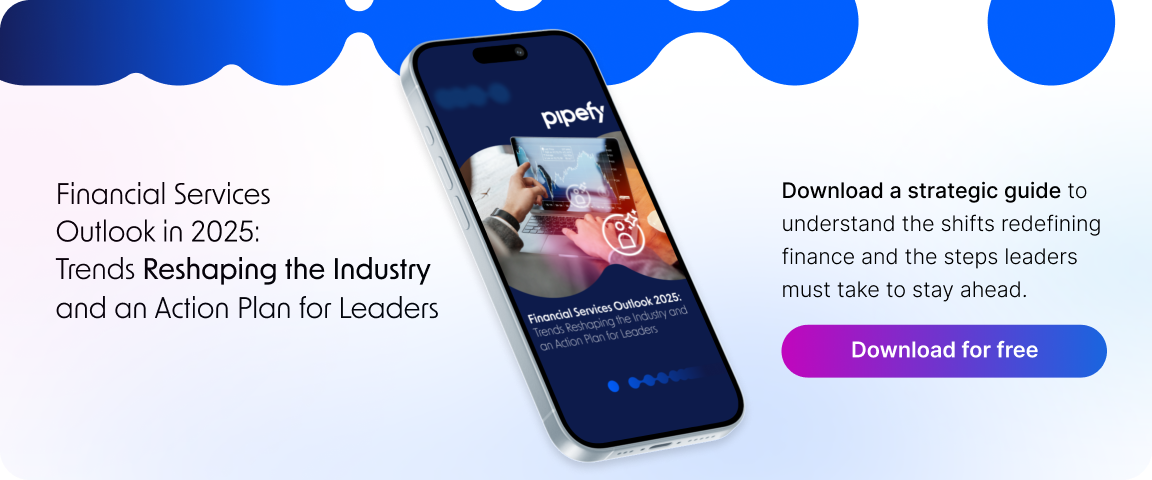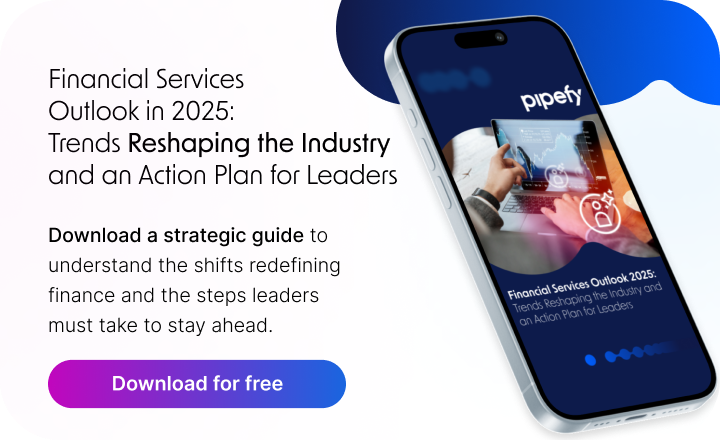
When it comes to procure-to-pay (P2P), even small inefficiencies can create costly delays. In high-volume manufacturing environments, cycle time bottlenecks can lead to missed discounts, delayed shipments, and strained supplier relationships.
To talk about it, let’s take a practical approach and consider an illustrative example of a U.S.-based industrial manufacturer that applied a structured digital lean procure-to-pay initiative to change this scenario. By combining lean principles with no-code automation, it would be possible to eliminate 48 hours from its P2P cycle without disrupting daily operations.
This article illustrates how such a transformation could unfold, what tools would make it possible, and why the ROI might be both immediate and sustainable.
What Is Digital Lean in the Procure-to-Pay Context?
Digital lean procure-to-pay blends lean management methods with digital tools to reduce waste, standardize purchasing workflows, and improve vendor interactions.
Rather than relying on manual approvals, email threads, and disconnected ERP systems, digital lean P2P uses structured forms, smart routing, and real-time monitoring. The goal isn’t just faster purchasing, it’s predictable, compliant, and scalable procurement.
Core Principles in Action
- Eliminate non-value-adding steps like redundant approvals
- Use data visibility to anticipate delays
- Automate handoffs to reduce waiting time
According to a McKinsey report, integrating generative Artificial Intelligence (AI) into procurement operations can boost team efficiency by 50% to 80% in key activities such as spend analysis and document creation, while reducing procurement costs by up to 10%.
Read more: AI Business Process Automation: 5 real benefits you can achieve today

Sample Scenario: Mid-Sized Manufacturer Overhauls P2P
Let’s consider a hypothetical example of a mid-sized industrial plant in Ohio. The company processes over 1,200 purchase orders per month. Each order previously required:
- 2 email-based approvals
- Manual entry into the ERP
- Back-and-forth between buyers and accounts payable
With Pipefy as their no-code automation platform, the operations team could redesign the P2P flow:
- Creating request forms with validation rules
- Building a visual workflow with clear SLAs
- Integrating with the ERP using API connectors
In just 60 days, the plant could see these results:
| Metric | Before | After | Improvement |
| Avg. Cycle Time | 96 hours | 48 hours | -50% |
| Request Rework Rate | 22% | 6% | -73% |
| Early Payment Discounts Used | 31% | 64% | +106% |
This transformation wouldn’t be about replacing people. It would be about empowering them with systems that work.
Key Phases of a Digital Lean P2P Rollout
Based on Pipefy’s project blueprints, digital lean transformations in procurement typically follow five phases:
1. Mapping Current Flows
Understanding where the delays occur, usually at intake, approvals, or invoice matching.
2. Redesigning with Visual Workflows
Using no-code tools to remove redundant steps, clarify responsibilities, and set auto-approvals.
3. Pilot and Iterate
Testing the new workflow in one department before expanding. Monitoring metrics like rework, approvals per PO, and cycle time.
4. Scaling with ERP Integrations
Connecting platforms to automate data sync. Pipefy integrates with systems like SAP, NetSuite, and more.
5. Embedding Continuous Improvement
Using dashboards and alerts to refine over time. Teams gain autonomy with traceable changes.
This methodology applies across industries, from insurance to consumer goods.
Read more: Smart Procurement: Understand how to build more agile and efficient processes
ROI Metrics That Matter
Executives often ask: how do we quantify digital lean benefits in P2P?
So, here are some common metrics and what they signal:
| KPI | What It Shows |
| Cycle Time per PO | Efficiency in handling each request |
| % Early Payment Discounts | Financial optimization through faster processing |
| Approval Time Variance | Bottlenecks caused by people or structure |
| PO Accuracy Rate | Input quality and validation strength |
| AP Exception Rate | Downstream impact of poor intake quality |
When tracked consistently, these metrics can provide a direct view into procurement performance and its evolution.

Challenges in Digital Lean Deployments
While the potential gains are clear, many companies face barriers when applying digital lean procure-to-pay in practice, such as:
- Resistance from legacy users attached to spreadsheets and email
- Shadow processes that bypass standard flows
- Integration delays with ERP or finance systems
- Lack of ownership for continuous improvement
To overcome these, many successful companies establish cross-functional governance, set KPIs early, and start small with high-ROI workflows.
How Digital Lean Aligns with Strategic Goals
A structured procure-to-pay cycle can serve not only operational goals but also strategic ones. When procurement processes become more predictable:
- Finance teams may find it easier to manage cash flow
- Risk and compliance functions tend to gain better traceability
- Operations often scale more efficiently, even without added headcount
These potential gains become even more significant when supported by AI Agents. For instance, Pipefy’s AI Agents are able to classify requests, assign urgency levels, and flag possible issues prior to submission. This creates opportunities for organizations to gradually shift toward more autonomous procurement support.
Read more: Find out how to choose the right AI Agent for your process automation
FAQ: Digital Lean Procure-to-Pay
What does digital lean mean in procurement?
It refers to combining lean waste-reduction principles with no-code digital tools to streamline purchasing workflows.
How fast can we expect results?
Initial gains (20-40% faster cycles) are often seen within the first 60-90 days after implementation.
Do we need to replace our ERP?
No. Platforms like Pipefy integrate with existing systems via APIs or RPA bots.
Is this approach only for large companies?
No. Even mid-sized teams with fewer than 10 procurement professionals can benefit.
How do we get started?
Begin by mapping your current P2P flow and identifying the highest-friction steps.
Why Pipefy Is the Ideal Platform for Digital Lean
Pipefy is a no-code/low-code platform that empowers procurement, finance, and operations teams to control their own processes without relying on IT.
Here’s how it supports digital lean procure-to-pay:
- Structured forms to reduce rework and errors
- Visual workflows with smart approval logic
- Integration connectors to sync with your ERP
- Dashboards to monitor real-time performance
- AI Agents to streamline classification and triage
Pipefy combines speed, control, and security, making it the right choice for CIOs and COOs driving digital lean adoption.
Click the button below to explore how your procurement team could cut cycle time and reclaim control with Pipefy:










